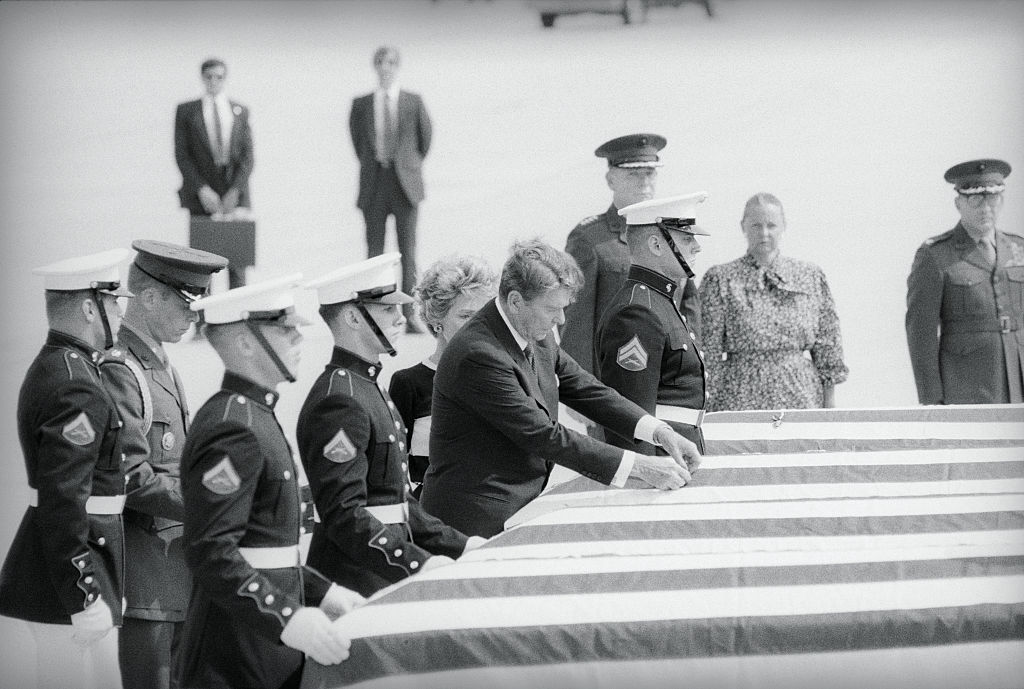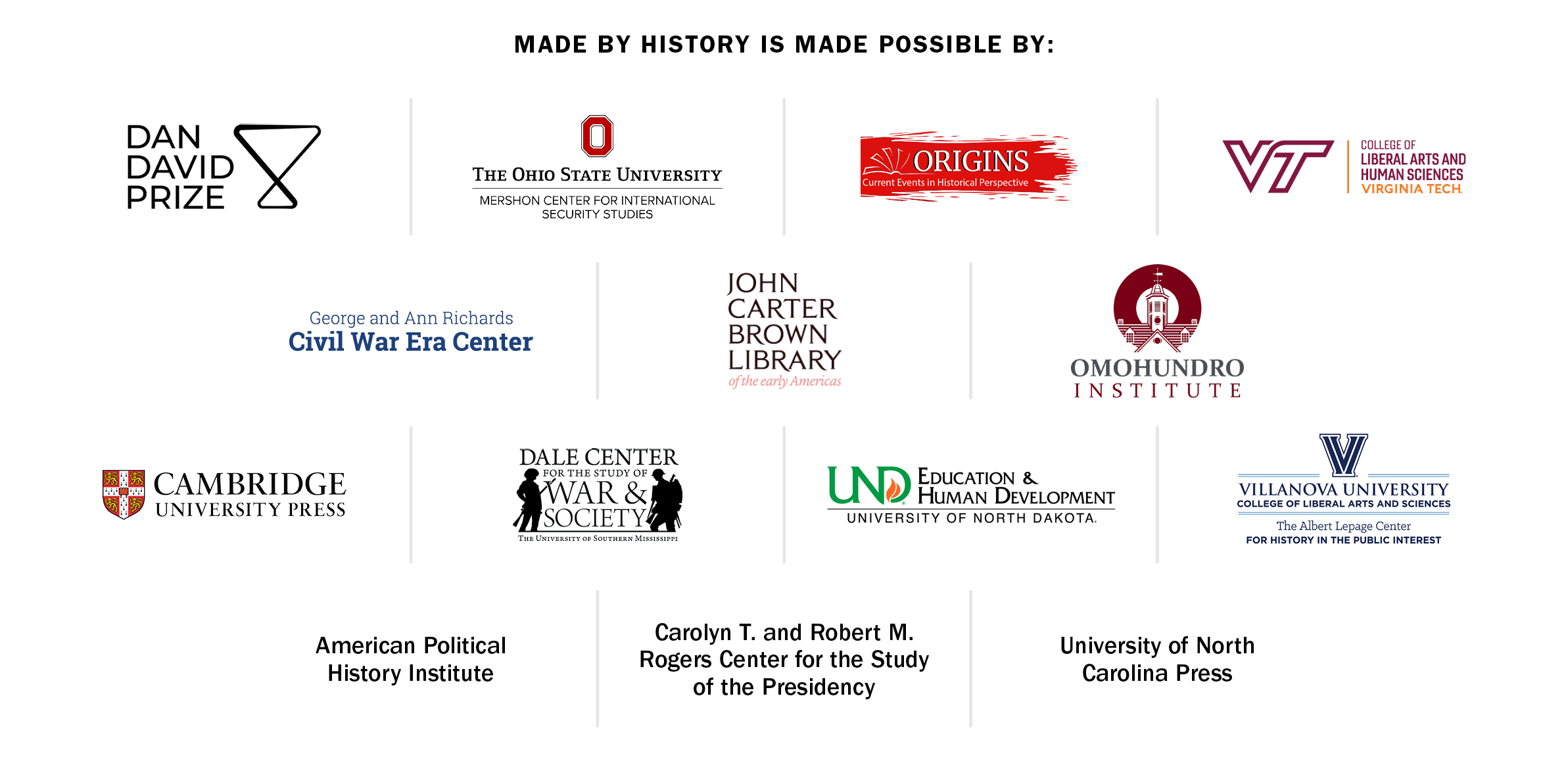
Hamas’ brutal surprise attack on Israel on Oct. 7 has upended the Biden Administration’s desire to embrace a new world order. Last month, Secretary of State Antony Blinken declared that the U.S. finds itself at a “hinge moment in history.” He insisted that “the core assumptions that shaped our approach to the post–Cold War era no longer hold.”
Blinken’s statements reflected the desire of President Biden and his team to reorient foreign policy focus away from the “forever wars” that have dominated the past two decades and toward a new era of great power competition with China and Russia. The threat from China looms especially large in the minds of both parties in Washington, and it had seemed as if Barack Obama’s vice president was finally on the cusp of fulfilling his former boss’s long-awaited strategic “pivot to Asia.”
Instead, the actions of Hamas, which has been supported by Iran (though Iran denies direct involvement in the events of Oct. 7), has proved that "rogue states"—which have been the defining threat to U.S. and global security since the end of the Cold War—remain a potent menace threatening international peace and stability. Rogue regimes such as Iran warrant continued attention and resources from the U.S. government and its allies as they work to protect the “rules-based” order that Biden’s predecessors established after the Soviet Union’s demise. To formulate a successful foreign policy in this fraught moment, Biden can look to the successful strategies that Ronald Reagan’s administration forged at the end of the Cold War to combat the emerging threat.
Read more: As Biden Responds to Iran-Linked Attacks With Air Strikes, Fears of a Wider War Grow
In the late 1980s, rogue states like Iran and Libya emerged from the ashes of the Cold War as the central menace to global security. Though pariah states had long challenged the established international order, their threat grew with the end of the superpower competition between the U.S. and the Soviet Union. The close of the Cold War diminished the restraints the two rivals had imposed on rogue states in their orbits. Now unshackled, these regimes brought together three new security threats that had seemed to be peripheral nuisances as the 1980s began: regional military aggression, state-sponsored terrorism, and the pursuit of weapons of mass destruction.
The rising urgency of these new threats became all too apparent in 1983. The year before, Israel had invaded Lebanon to put an end to attacks from the Palestine Liberation Organization (PLO). As the situation spiraled into a humanitarian crisis, President Reagan grew appalled by the images of horrific violence consuming the Lebanese capital. He deployed U.S. Marines as part of a multinational peacekeeping force to contain the bloodshed and oversee a shaky ceasefire in Beirut. On Oct. 23, 1983—40 years ago this month—a truck loaded with explosives destroyed the Marines’ barracks, killing 241 U.S. military personnel in the worst terrorist attack against the U.S. until 9/11. Reagan later wrote in his memoirs that the attack amounted to “the lowest of the low” points of his eight years in the White House.
It quickly became apparent that Iran had supported the terrorists who carried out the attack. But a decisive American response crumbled in the face of sharp disagreement between the State and Defense Departments over whether to use military force against terrorists. Though Reagan had vowed soon after taking office to enact “swift and effective retribution” for terrorist attacks against Americans, he did not yet have a clear strategy to back up his bold words with action.
This realization, combined with the escalation of attacks against the U.S. and its allies, triggered a recalibration of America’s approach toward terrorism. Reagan declared in July 1985 that terrorist attacks were “acts of war” and he began implementing the first comprehensive counterterrorism strategy in U.S. history. This policy emphasized offensive as well as defensive measures, including focusing attention on state sponsors of terrorism. Reagan proclaimed that the United States would not tolerate “attacks from outlaw states run by the strangest collection of misfits, loony tunes, and squalid criminals since the advent of the Third Reich.”
Libya became the first poster child for these emerging “outlaw states.” Reagan referred to the Libyan dictator Muammar Gaddafi as the “mad clown” of Tripoli. Gaddafi’s regime had established itself by the mid-1980s as the most brazen supporter of international terrorism against Western and American targets, including attacks against passengers of the Israeli national airline in the Rome and Vienna airports in Dec. 1985 and then the bombing of a disco in West Berlin in early April 1986. The latter killed three and wounded 229, among them 81 American servicemen. With clear evidence of Libyan sponsorship, this last attack finally triggered a decisive American response.
The president began deploying his new counterterrorism strategy against Gaddafi’s regime in late 1985 and early 1986. His administration implemented a multifaceted plan that brought together diplomatic, economic, intelligence, and eventually military initiatives in an escalating series of steps to isolate Gaddafi’s rogue regime. These efforts included economic sanctions and a display of U.S. military power through naval exercises off Libya’s coast. They culminated in airstrikes on April 14–15, 1986.

Reagan’s administration followed the strikes with a determined push to enlist the support of previously reluctant European allies. The aim was to forge an international coalition to turn back the threat posed by terrorists and their state sponsors. Reagan sought to maintain pressure on Libya through tightened sanctions and covert measures designed to foment regime change against Gaddafi.
Though Gaddafi clung to power, his support for terrorism notably faded in the aftermath of Reagan’s bombing of Libya. His agents resurfaced for one final major attack in the last days of Reagan’s presidency, bombing Pan Am Flight 103 over Lockerbie, Scotland, in Dec. 1988 (though Western intelligence did not confirm Libya’s role for several years). That same month, Reagan threatened military action to destroy a Libyan chemical weapons factory under construction. By the time Reagan left office, his strategy against rogue states had largely succeeded in curbing the Libyan threat, which never again came close to its peak destructiveness of the mid-1980s.
Moreover, this strategy created a precedent for using military force against states sponsoring terrorism, laying the groundwork for the coercive diplomacy used during the Gulf War and after 9/11 during the War on Terror.
Reagan’s experience with rogue states and their terrorist allies offers a blueprint for President Biden. Reagan’s uncertain response to the 1983 Beirut bombing, which eventually led to the withdrawal of American forces from Lebanon, emboldened rogue states such as Iran and disheartened America’s allies in the Middle East. But his decisive response to Libya’s brazen terrorist acts in 1986—which integrated all elements of American power, including diplomatic and economic measures as well as military force—degraded this foe from a growing threat to a waning, second-tier troublemaker.
Biden faces a similar moment in the wake of the Hamas attack on Israel. Iran will be watching to see if the U.S. responds decisively. Clear repercussions, not just for Hamas but also for Iran, are essential. Biden should gear U.S. efforts toward accelerating the diplomatic and economic isolation of both regimes, enlisting the support of allies while making clear the willingness to display—and use if necessary—U.S. military force against any further escalation of the conflict against Israel. That’s the lesson of Ronald Reagan’s fight against terrorism.
Speaking at another hinge moment in history, on the day in 1990 that Saddam Hussein’s Iraqi tanks rolled across the border to invade Kuwait, President George H. W. Bush predicted the threats that would define the post–Cold War era: “Terrorism, hostage-taking, renegade regimes and unpredictable rulers, new sources of instability—all require a strong and an engaged America.” This era may be evolving, but it is not yet over.
Matthew Frakes is an America in the World Consortium Postdoctoral Fellow at the Henry A. Kissinger Center for Global Affairs at the Johns Hopkins University School of Advanced International Studies (SAIS). He is currently writing a book that examines the reshaping of U.S. national security at the end of the Cold War.
Made by History takes readers beyond the headlines with articles written and edited by professional historians. Learn more about Made by History at TIME here.
More Must-Reads From TIME
- The 100 Most Influential People of 2024
- How Far Trump Would Go
- Scenes From Pro-Palestinian Encampments Across U.S. Universities
- Saving Seconds Is Better Than Hours
- Why Your Breakfast Should Start with a Vegetable
- 6 Compliments That Land Every Time
- Welcome to the Golden Age of Ryan Gosling
- Want Weekly Recs on What to Watch, Read, and More? Sign Up for Worth Your Time
Write to Matthew Frakes / Made by History at madebyhistory@time.com
